The Daily Californian reports that scientist have joined forces to make the process less complicated, cheaper and to make measurements more accurate, by creating a prototype device that is able to do a 3D scanning of the dirt and determine the composition.
Eoin Brodie, deputy director of Lawrence Berkeley National Laboratory (LBNL)'s Climate and Ecosystem Sciences Division, said that "although the instrument is still being developed to work outside the lab, the idea is to use this device, maybe as part of farm machinery to scan the soil as the tractor or harvester moves through the field."
Brodie thinks that the tool can be helpful with climate change as well, since it can determine how the soil can capture three times the amount of carbon dioxide found in the atmosphere and four times the amount captured by vegetation.
Arun Persaud, scientist at LBNL, said that "it is a very exciting project to work on, since it has direct applications to help fight the climate crisis."
Scientists started to work on this prototype in 2018, with funds from Advanced Research Projects Energy-Agency, according to Persaud, and the device consists of a neutron generator, as well as digitizers and gamma and alpha detectors.
The research team will test the prototype with the SMART Soils testbed, a device with sensors that will allow the team to learn how plants grow and capture carbon in real time.
After testing the device in a controlled environment, researchers hope to move to agricultural fields, starting this summer.
Cameron Geddes, director of LBNL’s Accelerator Technology and Applied Physics Division, said that "this new carbon sensing method is an example of how accelerator technologies have broad impact, here bringing important sensing to the challenges of climate change and clean industry."
 Mihai - Cristian Ioniță
Mihai - Cristian Ioniță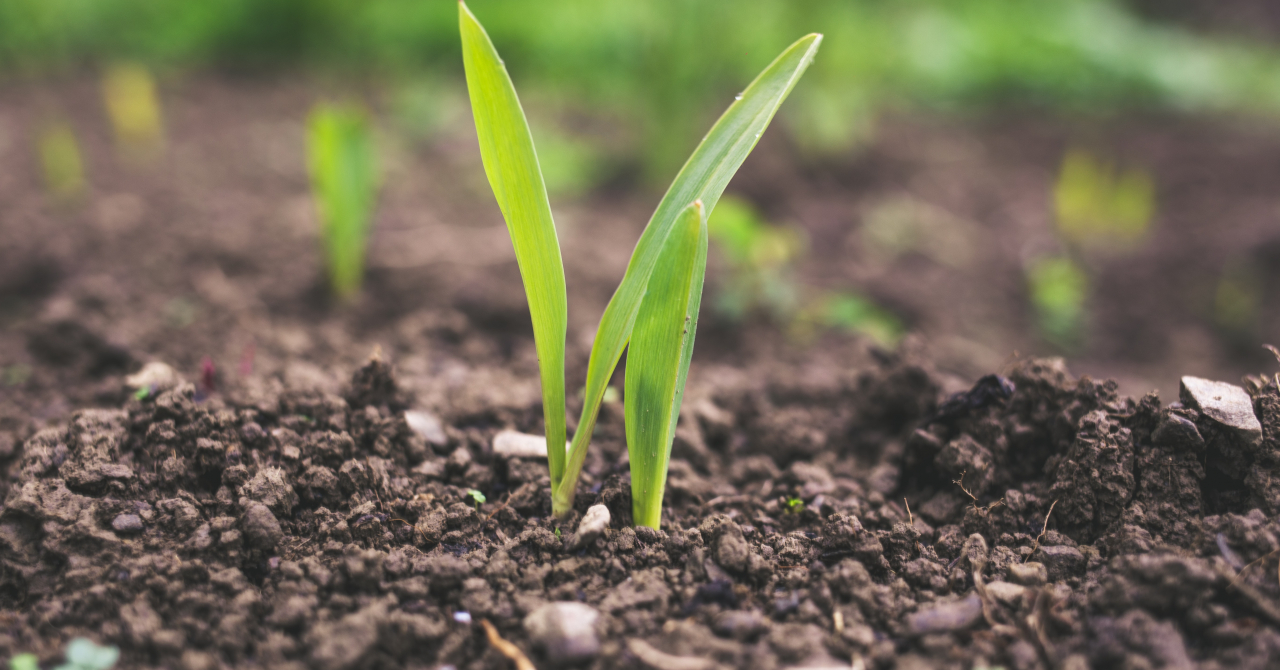


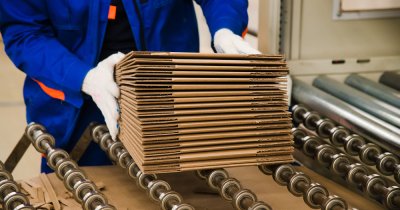


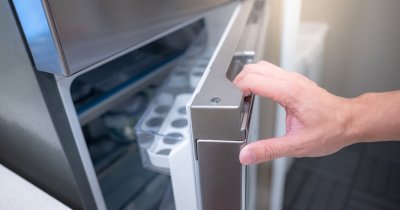
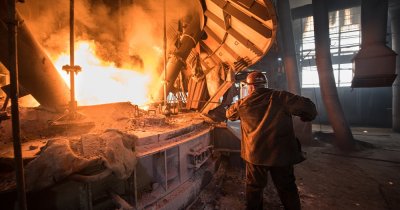
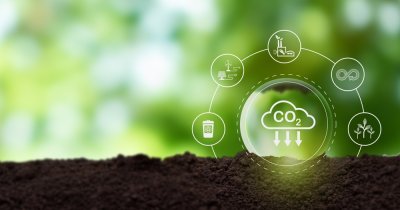




Any thoughts?